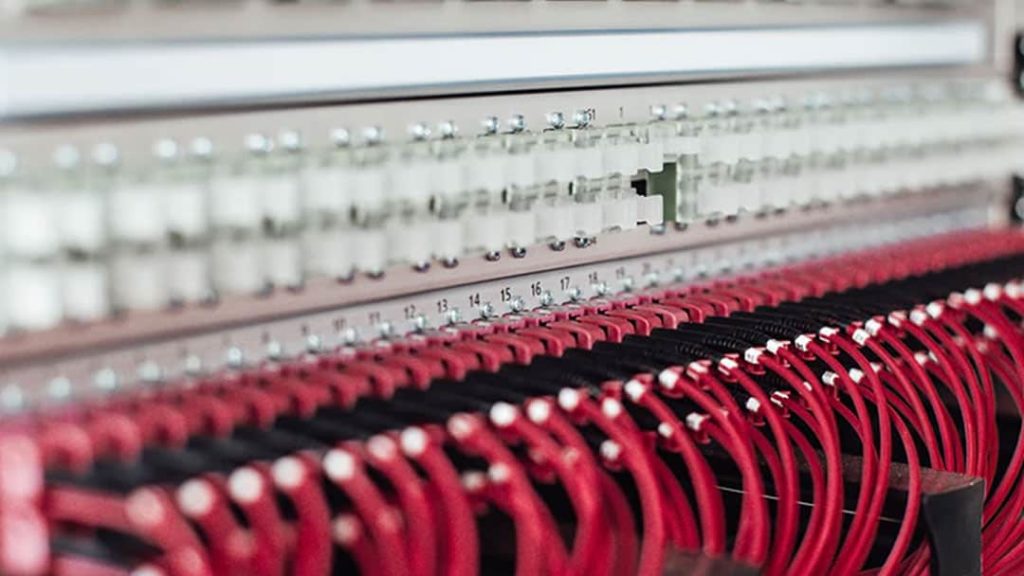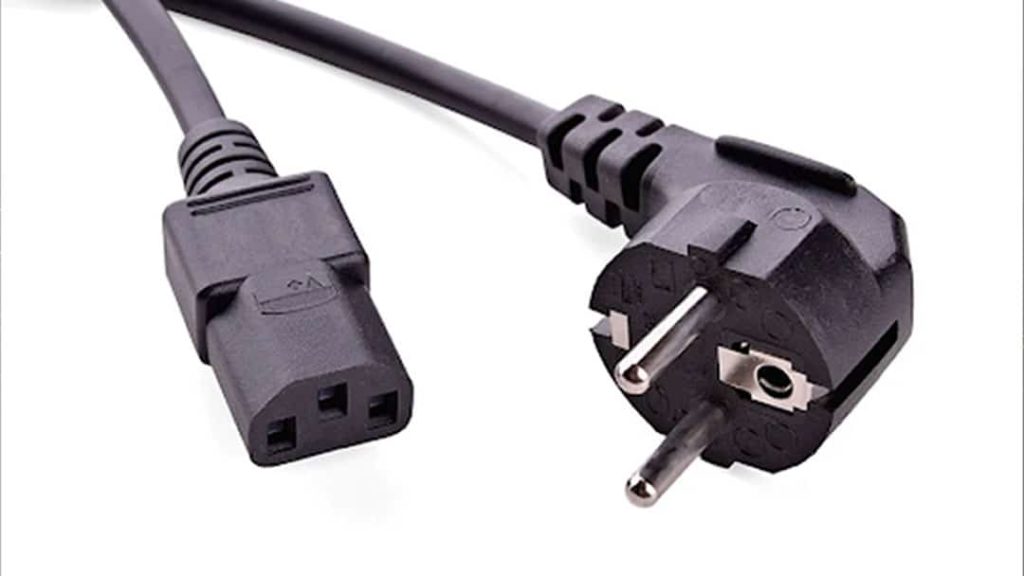Data centers play a critical role in today’s digital era, powering the infrastructure behind our connected world. However, the high energy demands of data centers result in the generation of significant amounts of heat. Effectively managing the temperature within these facilities is crucial to ensure optimal performance, prevent equipment damage, and minimize downtime. In this article, we will explore the challenges in data center thermal management and discuss various cooling tactics that can be employed to optimize temperature control.
The Heat Challenge
Data centers are power-hungry operations that house numerous electrical circuit boards, each with heat-generating components like processors. The close proximity of these components in data centers, coupled with the need for compact footprints, results in exponential heat buildup. It is estimated that data centers account for approximately 2% of all US electricity consumption and consume around 205 terawatt-hours (TWh) globally each year. With such massive electricity usage, effective heat dissipation becomes paramount.
Related Link: What is an Electrical Switchgear? Basics & Voltages Breakdown
Challenges in Data Center Thermal Management
The exponential growth of data and processing power brings forth significant challenges in maintaining optimal temperatures within data centers. The American Society of Heating, Refrigerating and Air-Conditioning Engineers (ASHRAE) has defined recommended temperature standards for data centers, ranging between 64°F and 81°F (17°C to 27°C). Failure to meet these guidelines can result in severe consequences, including equipment damage, data loss, and even fire hazards. Overheating can lead to blown server chips, melted CPUs, graphics cards catching fire, and corrupted ROM memories. The risks extend beyond equipment damage and can also put lives at stake, along with the critical data stored within the facility.
Importance of Effective Thermal Management
Ensuring efficient heat dissipation is essential to mitigate the risks associated with excessive temperatures in data centers. Failing to address thermal management can result in reliability issues, costly downtime, loss of valuable data, reputational damage, and shortened component lifespans. Therefore, optimizing temperature control through effective cooling strategies is crucial for the smooth and reliable operation of data centers.
Looking to elevate your business to the next level? Contact us today!

Data Center Cooling Tactics
To combat the heat challenge, data centers employ various cooling tactics that encompass both passive and active approaches:
- Passive Tactics: Passive cooling tactics involve the use of heat sinks, which are metallic devices designed to transfer heat away from components. Heat sinks provide a large surface area to dissipate heat efficiently through conduction and convection. These are effective in moderately cooling components but may not be sufficient for highly dense and power-hungry data center environments.
- Active Cooling Systems: Active cooling systems utilize fans and liquids to actively reduce the operating temperature of components. Fans create airflow within the data center, facilitating heat removal. On the other hand, liquid cooling involves the circulation of coolants or refrigerants through pipes or channels to absorb and carry away heat. Active cooling systems effectively dissipate heat in high-density environments but require additional infrastructure and maintenance.
- Hybrid Solutions: Hybrid cooling solutions combine passive and active techniques to address specific cooling challenges in data centers. Heat pipes, for example, use condensation to absorb and transport heat away from critical areas. These pipes efficiently transfer heat from hot spots to cooler regions, improving thermal management. Hybrid solutions provide a balance between efficiency, cost-effectiveness, and flexibility.
- Thermal Interface Materials (TIMs): Thermal interface materials, such as those offered by Henkel’s thermal management portfolio, are crucial in optimizing heat transfer within data centers. These materials are applied between heat sinks and components to eliminate thermally insulating air pockets, allowing efficient heat flow and dissipation. High-quality TIMs enhance thermal conductivity, improving the effectiveness of cooling solutions and reducing the risk of overheating.
Related Link: Data Center Cleaning Best Practices for 2023
Tailoring Cooling Strategies to Data Center Needs
It’s essential to understand that one-size-fits-all cooling solutions may not be suitable for all data center applications. Each data center has unique requirements based on size, power density, and workload demands. Therefore, a tailored approach to cooling strategies is crucial for optimizing temperature management.
To implement an effective cooling strategy, data center operators must consider several key factors:
- Heat Load Analysis: Conducting a thorough heat load analysis is the first step in understanding the specific cooling needs of a data center. This analysis involves assessing the heat generated by various equipment, identifying hot spots, and determining the overall cooling requirements. Data center operators can make informed decisions about cooling system design and capacity by accurately quantifying the heat load.
- Zoning and Hot Aisle/Cold Aisle Configuration: Properly organizing the layout of data center equipment can significantly enhance cooling efficiency. Implementing a hot aisle/cold aisle configuration involves arranging racks so that the front sides face each other (cold aisle) and the back sides face each other (hot aisle). This arrangement allows for efficient airflow management, ensuring that cool air is directed to the equipment inlets and hot air is expelled through the appropriate outlets.
- Containment Strategies: Containment strategies, such as hot aisle containment (HAC) and cold aisle containment (CAC), help minimize air mixing and improve cooling effectiveness. HAC involves enclosing the hot aisle and directing the hot air back to the cooling units, while CAC encloses the cold aisle to prevent cool air from mixing with the hot exhaust air. These strategies enable precise control over temperature and airflow, enhancing cooling efficiency.

- Energy Efficiency Measures: Efficient cooling ensures temperature control and contributes to overall energy efficiency. Implementing energy-saving measures, such as using variable-speed fans and pumps, optimizing airflow management, and employing economizers to leverage outside air for cooling, can significantly reduce energy consumption and operating costs. Adopting advanced monitoring and control systems allows for real-time data analysis, enabling proactive cooling management and energy optimization.
- Emerging Technologies: The evolution of data center cooling is driven by technological advancements. Innovations like liquid immersion cooling, where servers are submerged in non-conductive liquids for enhanced heat dissipation, are gaining traction in high-performance computing environments. Furthermore, artificial intelligence (AI) and machine learning (ML) algorithms are employed to analyze temperature data, predict cooling demands, and optimize cooling strategies in real time.
Looking to upgrade your IT infrastructure? Get in touch with us to discuss your business’s specific needs.
Understanding Optimized Data Center Temperature Management
In the rapidly evolving digital landscape, data centers are pivotal in supporting our connected world. Optimizing temperature management within these facilities ensures uninterrupted operations, prevents equipment damage, and minimizes downtime. By understanding the challenges associated with data center thermal management and implementing tailored cooling strategies, operators can enhance cooling efficiency, reduce energy consumption, and extend the lifespan of critical components. As technology advances, embracing emerging cooling technologies and leveraging data-driven insights will be key to achieving optimal temperature control in data centers, paving the way for a more sustainable and resilient digital infrastructure.
Related Link: Data Center Maintenance Operations & Best Practices
Last Updated on June 8, 2023 by Josh Mahan




